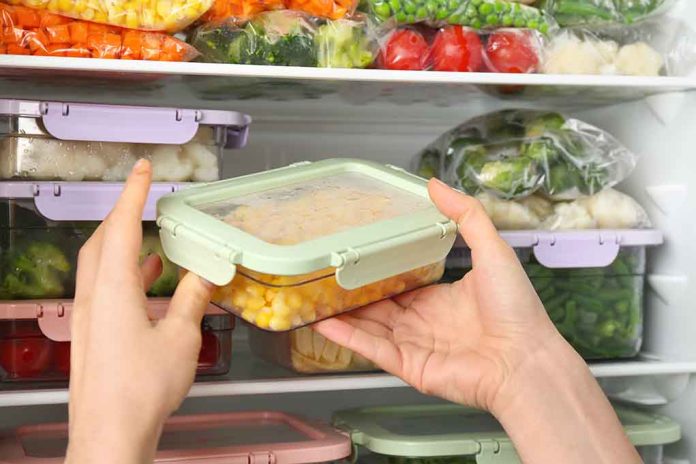
(DailyDig.com) – Over a third of the food that is generated in the United States goes to waste. Much of it winds up in garbage dumps, where it breaks down into methane. On October 31, more than 50 local authorities wrote to the EPA requesting assistance in reducing the waste of food in their towns.
The EPA and U.S. Department of Agriculture established a target in 2015 to halve food waste by 2030, but the government has made little progress toward this objective.
The letter followed the release of two EPA studies detailing the extent of the country’s food waste issue. The city council lobbied the agency hard to increase technical assistance and grant money for disposal alternatives. To effectively reduce, detect, and prevent methane emissions, landfill regulations should be brought up to date.
There is a desire to act on the part of both academics and political leaders. But they also warn that a significant adjustment in public mentality is required. Consumers need to implement new measures to reduce food waste, businesses must reconsider their approaches to packaging and advertising, and farmers might have to change their methods.
The EPA has revised its waste-reduction policies to emphasize anaerobic digestion (a technique that converts food waste into biogas within a reactor), composting, and reducing food waste. The best tactic is still prevention.
To successfully cut down on garbage, people need to alter their habits. At least forty percent of all food in the United States goes to waste every year, according to researchers. Misconceptions about when food should be consumed are a major cause of wasted food. Households need to be educated on the difference between ‘sell-by,’ ‘use-by,’ and ‘freeze-by’ dates.
Some municipal governments demand organic material be collected for composting by organizing free food scrap drop-off stations across the city or by offering free or low-priced composting containers for home use. Some are asking homes to segregate scraps of food from the remainder of their everyday trash for collection and transfer to compost facilities.
Copyright 2023, DailyDig.com
















